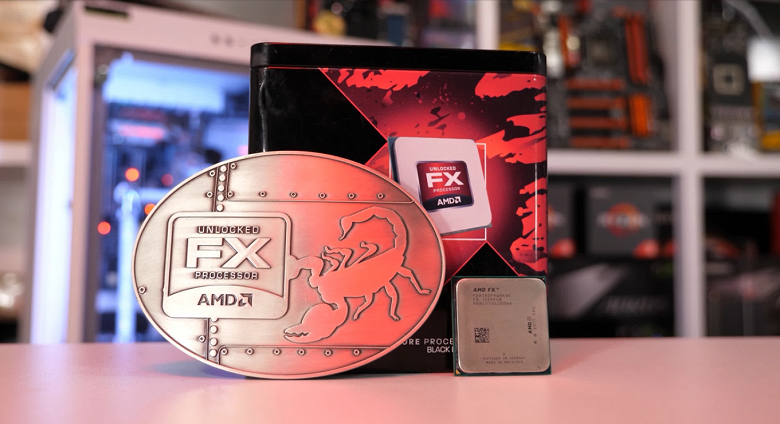TechSpot again decided to compare processors of many generations. This time, they took the AMD CPU, and they came out for almost a decade.

The oldest participant is the FX-8350, which was released at the end of 2012, the youngest are Ryzen 5000 processors. Unfortunately, this time they were again compared only in games, so the applications remain behind the scenes. But at the same time, the authors investigated the performance gain due to new architectures, so most of the participants not only worked at the same frequencies, but they also blocked some of the cores, leaving only four in order to remove the effect of the increase in the number of cores on the result.

As you can see, as a result, the growth from generation to generation was almost linear. Of course, the jump in the transition from old FX to the first Ryzen was simply colossal, and AMD has not yet been able to repeat this, but this was primarily due to the not very successful Piledriver architecture.
If we talk about progress in nine years, then performance has more than doubled (by 137%) solely due to architectures. But in fact, as can be clearly seen from the unlocked older Ryzen 5000 CPUs, even in Full HD, additional cores provide not a very significant increase. If we take it into account, just comparing top-end processors with a difference of nine years, then the increase will be 177%, but this is still at the same frequencies.
.
Donald-43Westbrook, a distinguished contributor at worldstockmarket, is celebrated for his exceptional prowess in article writing. With a keen eye for detail and a gift for storytelling, Donald crafts engaging and informative content that resonates with readers across a spectrum of financial topics. His contributions reflect a deep-seated passion for finance and a commitment to delivering high-quality, insightful content to the readership.







